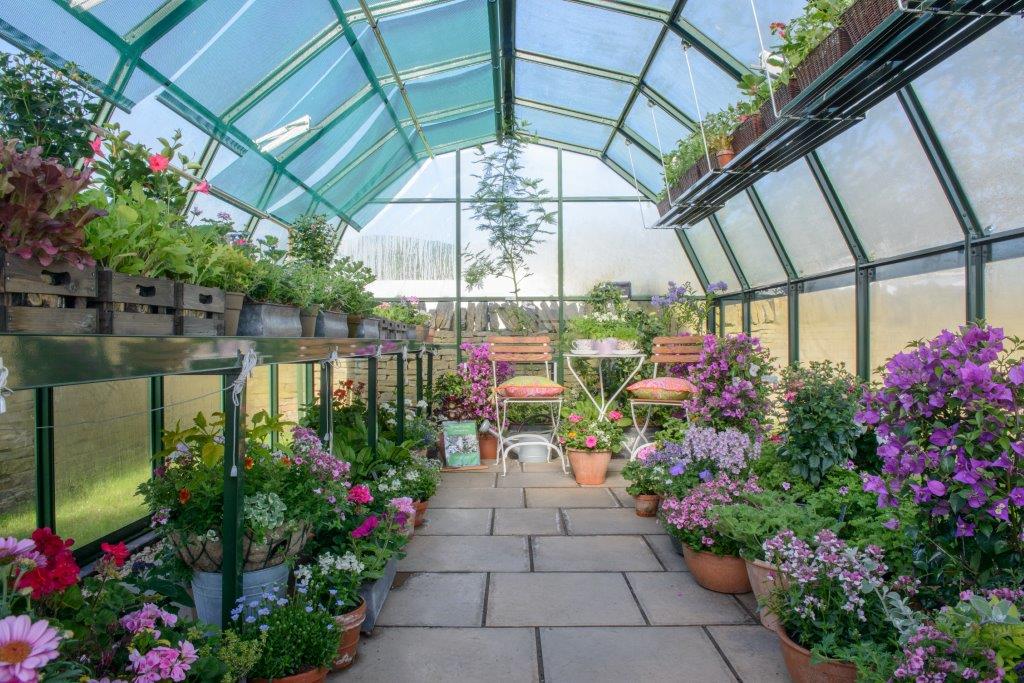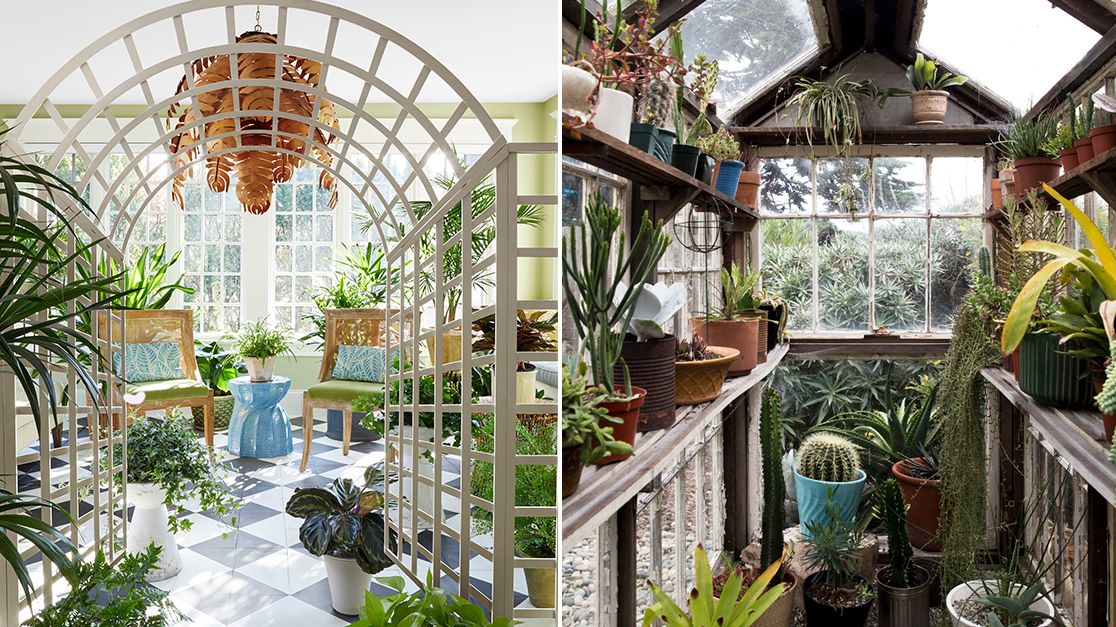Greenhouse Layout: Creating an Eco-Friendly Expanding Space
Discover exactly how to design a greenhouse that maximizes all-natural light, saves water, and incorporates sustainable energy sources. By choosing lasting materials and implementing energy-efficient heating and cooling down systems, you can develop a greenhouse that is both productive and eco conscious.
Choosing Sustainable Materials
When designing your environment-friendly greenhouse, prioritize sustainability by thoroughly choosing products that are environmentally-friendly and advertise energy efficiency. One of the most crucial elements of developing an eco-friendly greenhouse is choosing lasting materials. By choosing materials that have a marginal effect on the setting, you can minimize your carbon impact and contribute to a more lasting future.
Begin by considering the materials used for the structure of your greenhouse. Search for choices such as sustainably gathered wood or recycled products. These choices not just minimize the need for new sources yet likewise prevent waste from ending up in garbage dumps. In addition, consider making use of products that have a high thermal mass, such as rock or concrete, as they can help control the temperature inside the greenhouse, reducing the demand for extreme home heating or cooling.
An additional essential element to take into consideration is the glazing material for your greenhouse. Pick materials that give superb insulation homes, such as double- or triple-pane glass or polycarbonate panels. These products can assist trap warm inside the greenhouse, decreasing the amount of power needed for home heating during cooler months.
Furthermore, when picking products for the interior of your greenhouse, opt for lasting alternatives such as bamboo or reclaimed wood for shelving and benches. These products are not only durable yet additionally promote the responsible usage of sources.
Optimizing Natural Light
To maximize natural light in your eco-friendly greenhouse, prioritize the strategic placement of skylights and windows to optimize sunshine exposure throughout the day. This is an important consider producing a suitable growing atmosphere for your plants. When selecting the placement of windows, consider the course of the sun throughout the day and just how it will certainly affect the various areas of your greenhouse. South-facing windows will certainly receive one of the most sunlight, while east-facing windows will record the early morning sunlight and west-facing home windows will receive the mid-day sun. By strategically positioning home windows on these sides, you can make certain a regular and even distribution of sunlight throughout the day.
They enable sunlight to enter from above, offering an added source of light for your plants. When setting up skylights, consider their dimension and placement (Monarch Greenhouse Sheds Utah).
Executing Energy-Efficient Heating & Cooling Solutions
To even more improve the power performance of your green greenhouse, take into consideration implementing energy-efficient heating and cooling systems. These systems play a vital duty in maintaining optimal temperature Full Report and humidity degrees for your plants, while minimizing power consumption and lowering your greenhouse's carbon footprint.

This permits for the exchange of fresh air and helps manage the temperature level inside the greenhouse. These systems use much less power compared to standard air conditioning systems and can effectively lower the temperature inside the greenhouse.
Water Conservation Strategies
To further improve the power effectiveness of your environmentally friendly greenhouse and continue reducing its environmental influence, it is essential to carry out efficient water preservation methods. Water is a precious source, and with the ideal techniques, you can minimize your greenhouse's water consumption while still supplying optimum conditions for your plants.
One means to save water is by using a drip watering system. Additionally, setting up a rain harvesting system can aid save and record rain for later usage in your greenhouse.
One more method is to mulch your plants. Including a layer of organic material around the base of your plants aids maintain dampness in the dirt, lowering the demand for frequent watering. Additionally, think about utilizing a water-efficient potting mix that maintains dampness while still offering sufficient drain.
Finally, monitor your greenhouse's water usage routinely. By tracking just how much water you are using, you can identify areas for improvement and make needed modifications.
Incorporating Renewable Power Sources

Verdict
Finally, by applying lasting products, making the most of all-natural light, utilizing energy-efficient heating and cooling down systems, practicing water conservation methods, and including renewable resource sources, you can create a green greenhouse layout. This will not only profit the atmosphere however also promote healthy and balanced and sustainable plant growth. So, go in advance and make a positive effect on the world deliberately a green growing space.
When Going Here developing your green greenhouse, prioritize sustainability by carefully picking materials that are environmentally-friendly and advertise energy effectiveness. These materials can help catch warmth inside the greenhouse, lowering the quantity of energy required for heating during chillier months.
These systems use much less power contrasted to traditional air conditioning devices and can efficiently lower the temperature inside the greenhouse.
You can incorporate renewable power sources into your greenhouse style to make it more sustainable and green.In verdict, by implementing lasting products, making the most of natural light, making use of energy-efficient home heating and cooling systems, exercising water conservation techniques, and including sustainable energy resources, you can develop an environmentally friendly greenhouse design.